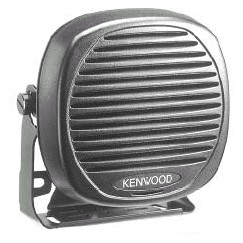ShutterStuff
Oct 04, 2013Explorer
HAM Radio power hookup
I am in the middle of adding an HF radio and scanner to my 2m/440 setup. I will have all 3 on once in a while but will only transmit on 1 at a time. Right now I have 12g wire running from a 15amp circuit in my 12 panel. With the addition of a 100 watt (Icom IC-706MKII) should I run a power wire right to the battery bank instead? 10g wire? I have a 30 amp position available in the panel as well that is unused.
Below is a picture with radios in place but not mounted or hooked up yet:

Below is a picture with radios in place but not mounted or hooked up yet:



